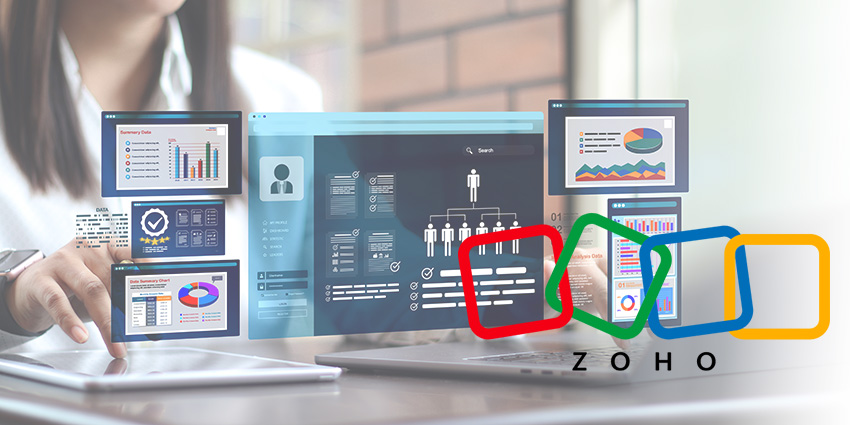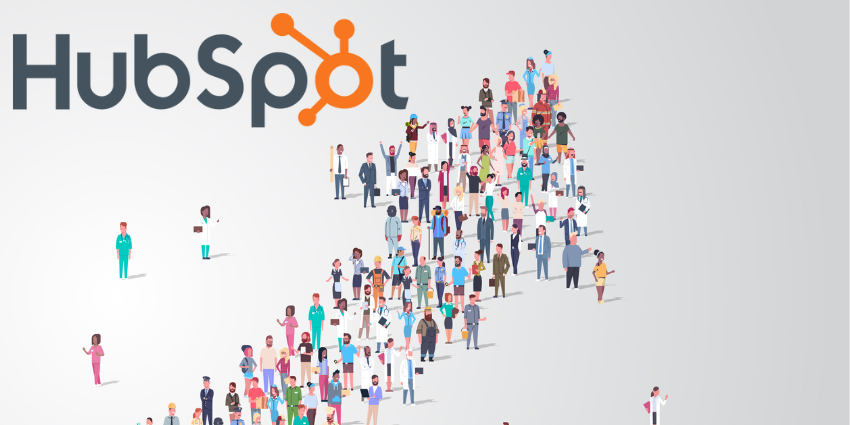Zoho has rolled out a major revamp of Zoho One, positioning the suite as a way for enterprises to streamline customer experience by reducing fragmentation and streamlining how employees access and act on information.
The update puts unification at the forefront. Addressing the fact that many enterprise teams have to toggle between standalone tools, Zoho aims to deliver something closer to a true operating system.
A Connected Workspace Designed for Frontline Service Teams
The most immediate impact comes from the redesigned interface. Zoho One’s new “Spaces” structure organizes tools by context, whether for personal productivity, company-wide collaboration, or functional areas like marketing, sales, or finance. The value proposition here is to reduce friction.
The Action Panel and unified Approvals take that concept further, pulling tasks, sign-offs, and action items from across the stack into a single view. Customer-facing roles, especially those that handle service escalations and sales cycles, often have to pull data from multiple apps. This approach aims to reverse that dynamic by pushing relevant information to the user instead of the other way around.
Dashboards and the new Boards framework also help consolidate operational and customer-related data. Because Boards can be assembled from Zoho’s own analytics or third-party dashboards brought in through single sign-on, customer support and sales teams can combine metrics, from ticket backlog to deal progression to customer sentiment, within one context.
Unified Integrations for Consistent CX Across Systems
Customer-facing operations typically rely on diverse systems covering ticketing, CRM, commerce platforms, payment portals, and engagement tools. Zoho has addressed this with a stronger emphasis on native integrations and an expanded model for third-party connectivity.
The unified integration panel gives administrators full visibility into Zoho-to-Zoho and Zoho-to-third-party connections, including recommendations for additional integrations.
Raju Vegesna, Chief Evangelist at Zoho, said during a media briefing that limits on integrations are typically dictated by outside vendors:
“There are limits in terms of capability and the exposure of their API… technically, as long as they support some of the standard protocols, it’s fairly straightforward.”
The introduction of a unified portal may have the most impact on customer experience operations. Instead of customers juggling multiple logins for CRM updates, support tickets, commerce orders, payments, and more, organizations can merge all their portals, including those from non-Zoho systems. For large enterprises especially, where siloed customer portals are a known pain point, this consolidation could help improve customer effort scores.
Domain verification, authentication records, and other behind-the-scenes tasks can also now be handled centrally. This includes new support for GoDaddy users, who can authorize automatic updates to DNS records, which is a useful capability for customer service and marketing teams that previously relied on IT intervention.
AI Steps Into a More Contextual Role
AI is deeply embedded in the release through Zia, Zoho’s AI assistant, which has an expanded footprint, and new intelligence hubs. Because Zoho One unifies data from more than 50 apps, Zia can take on tasks that span categories, for example, pulling HR, CRM and support information into a single query.
For example, it can help leaders understand how much time each employee spent with a particular account, Vegesna said, which requires cross-system reasoning not typically possible in isolated applications.
Zia Hubs, now promoted to a standalone application, automatically collects content such as signed contracts or recorded meetings into dedicated hubs. Users can then query that information directly. Vegesna explained:
“All the documents that you put in that hub… you can say, ‘hey, here are the same documents. Show me only the documents that auto renew within the next three months.’”
This could streamline contract renewals, customer onboarding, or issue-resolution workflows by exposing the right information without manual digging.
AI also assists in product navigation. Zia is trained on all 55+ Zoho applications, which means a user can ask how to run an Instagram campaign and be guided directly to the relevant tool, in this case, Zoho Social, and receive recommendations on how to use it, Vegesna noted.
Zia is coming into the status bar of Zoho One. Zia will be able to create and plug in widgets because the data is connected to the back end and powered by analytics. Users will be able to select from preset reports and dashboards and they are organized, whether they are CRM, HR or support related, such as a helpdesk overview, and pinned to the dashboard, Vegesna said.
“Because we have a broad suite of applications that are deeply integrated on our stack, and have the context that enables the intelligence… we are basically embedding [AI] contextually so that the user does not even know that they’re using AI here.”
Ensuring Data Sovereignty and Enterprise Control
Security and data sovereignty are becoming an increasing concern for enterprises as they pay more attention to where AI systems source and store data. Zoho made clear that its ability to operate its own full stack from infrastructure to applications enables deployment models that many competitors can’t match. As Vegesna noted:
“In sovereignty… we are doing these on-premise deployments in some countries where your data center has to be set up in that country, because we own … the entire stack … we are able to do it particularly when dealing with governments.”
The demand for national or regional control is growing, especially in markets where critical communication systems must remain within the country’s borders to comply with data privacy regulations. “They want to own some key aspects. For example, communication … I don’t want someone else to … pull the plug on my communication systems, so I want it on my data center within my country … those have come up a lot, and we are doing those deployments as well.”
Encryption and data governance were also focal points. Zoho confirmed that customers can now bring their own encryption keys and assign them at the application level. “On the security side … customers ask, ‘Can I bring in my own encryption keys and encrypt my data within Zoho?’ And now we are enabling that,” Vegesna said. “They can now select which applications can use what encryption key, and they can define encryption keys based on their specific set of applications, like their documents [and] emails.”
Zoho argues that AI governance, especially around permission systems, has been overlooked in broader industry discussions. Vegesna said:
“B2B LLMs are different from B2C LLMs, because the permission layer plays a very critical role. I think nobody can do a solid AI strategy and implementation if you do not have a directory system in there. And we have been saying it for years, and we are one of the very few vendors who do directly in Zoho, because that has the entire permissions structure in place.”
Cloud directory integrations that enable permissions are a granular level should be at the core of enterprise AI.
“If we do not have a directory system, we cannot say we can do good AI that is well protected, and you should not have access to some data that AI just memorized, because that all has to be under a firewall and the permission system.”
“We own the triple A: authentication, authorization and access control,” Vegesna added.
Together, these capabilities reinforce Zoho’s pitch to enterprises, that unified architecture and control over its infrastructure allow for tighter data governance and deployment models that meet stringent regulatory or geopolitical requirements.
The through-line across the release is the shift away from app-centric work toward context-centric work. This is a change that resonates strongly in customer-facing environments where speed, accuracy, and personalization depend on smooth access to data.
By pulling together dashboards, workflows, approvals, and AI-generated insights from across the business, Zoho One offers a way to reduce employee and customer effort. Functions that are traditionally fragmented, including billing, support, onboarding, and renewals, can be unified at the workflow and data level rather than treated as separate systems stitched together by manual processes.
For enterprises looking to consolidate their customer-facing tech stack without compromising on data control or the breadth of tools, Zoho is positioning the new release as a platform that can serve both operational needs and experience-driven outcomes.







